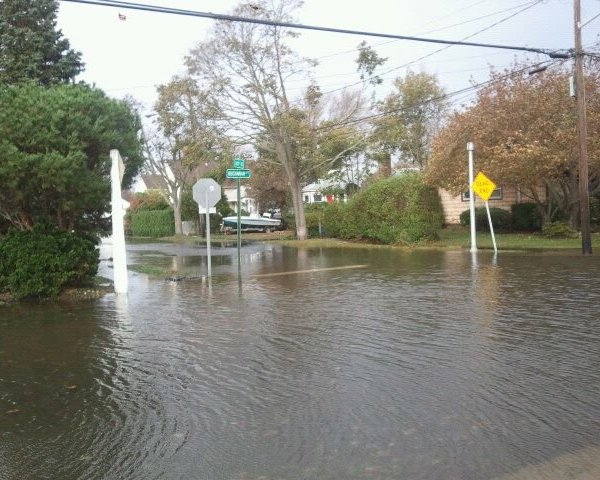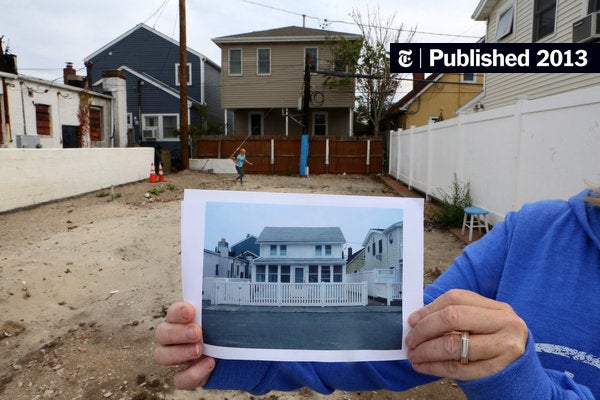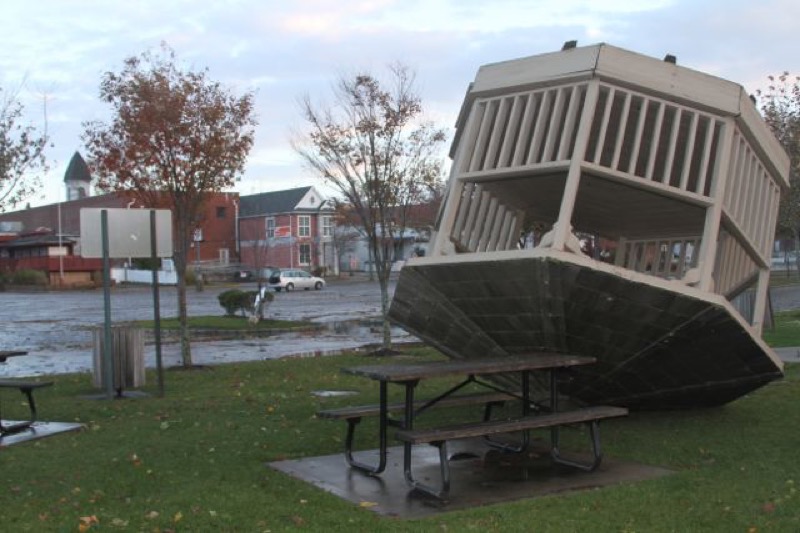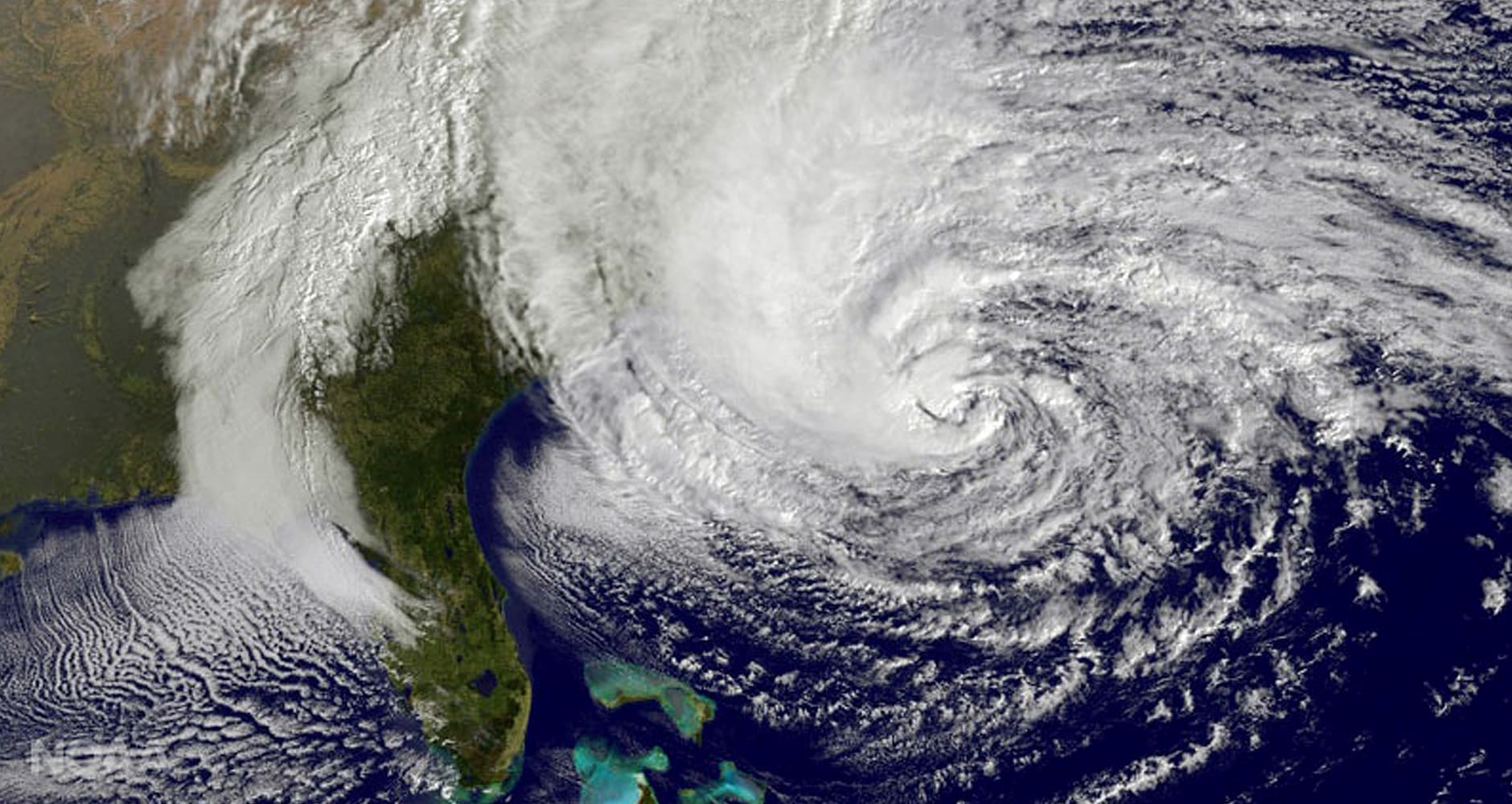Superstorm Sandy struck and inflicted destruction in 8 total countries from the Caribbean to Canada in 2012. The category 3 storm caused nearly $70 billion USD in damages and killed over 200 people.
Sandy also brought great destruction here at home.
Governor Andrew Cuomo declared a state emergency on October 26 and urged NY residents to plan ahead because the National Oceanic and Atmospheric Administration (NOAA) had reported the storm to be arduous.
Just one day later, all flights were canceled into and out of JFK and LaGuardia. The MTA and its subways closed on October 28, along with buses and the Metro North and Long Island Rail Road suspending services.
Later that day, almost 80 evacuation shelters opened around New York City. 200 National Guard troops were supposed to come to New York, but were delayed because of the lack of transportation. All non-emergent surgeries were postponed at NYU Langone Medical Center— the generators at the hospital failed as Sandy hit, causing an emergency evacuation of hundreds of patients into different hospitals with ICUs.
Major bridges and tunnels were also closed in the city to prevent travel and for people to avoid possible flooding within the tunnels.
One the island, evacuations were ordered for the South Shore and for areas of the North Shore. Fire Island residents were also ordered to evacuate. Schools closed.
Long Islanders anxiously waited for Sandy to hit.
The Superstorm made landfall on the island on October 29, 2012 and swept New York until October 30.

Over 100,000 homes on Long Island were left in shambles after the superstorm’s impact. Just about 2,000 homes were deemed uninhabitable. In New York City, former NYC Mayor Bloomberg stated that 55,000 buildings had water damage, causing residents to be quickly evacuated just a month after Sandy hit.
Sandy also took 53 New York lives, 44 of whom were from New York City and 13 of whom were from Long Island.
One of the hundreds of thousands families impacted was the Mendoza family. Vanessa Mendoza is the wife of a U.S. Veteran and mother of two children in their 20s. They reside in Island Park and say that Sandy took so much from them.
“With Sandy, we learned about the cruelty of the contractors who have become criminals unpunished by an inoperative law that makes or made the people affected by Hurricane Sandy [unable] to use legal tools to recover the patrimony (houses) affected by this hurricane,” Vanessa said. “On the other hand, we also learned of the cruelty of the governmental system represented in this case by the state of NY by ‘New York Rising’ in charge of helping those affected by the hurricane.”
The Mendoza family was stunned to find that local authorities did not support the town residents affected by the storm.
“We also learned about the cruelty of the local authorities of our “island park” towns and their insidiousness and support against the contractors who pay their political campaigns with the money that we were affected by Sandy,” Vanessa added.
Their house was destroyed. It was flooded and uninhabitable.

Hundreds of thousands of homeowners and renters were affected by the devastating flooding. Most home insurance policies don’t cover flooding. Flood insurance is limited and under 5 percent of homeowners have full flood coverage, despite 90 percent of natural disasters in the United States involving flooding, according to the Insurance Institute of America.
“We lived for several months in a trailer on the land [where their house stood],” Vanessa said. “Probably everyone thought that we would rise from this tragedy, caused by this natural monster called Sandy, but it was the opposite because this strengthened us and we were able to stand up as a family and we now have a more beautiful and stronger house than the one we had before Sandy.”
“The house had more than 5 feet of whatever and seeing the tenants had lost almost everything they owned was very sad,” said Andrea, Vanessa’s oldest daughter. “The overall atmosphere was an understood silence of grieving for what people had lost.”
“I think what I remember the most was my dad dealing with the s—y contractors trying to take advantage of the situation, when they were trying to fix up the house,” Andrea added.
The Mendoza family did not allow Sandy to conquer them. They recovered and rebuilt their lives without the support of local officials— they did it all on their own.

Kevin Surdi (R-Bay Shore), 35, frontline ER nurse and candidate in the Sixth Assembly District, also witnessed Sandy’s destruction firsthand.
“I was deployed in Queens on an Ambulance during Sandy. I was in the hospital as well. I was in the emergency department treating patients that lost their power, their homes..”
Like the Mendoza family, Surdi saw extreme governmental corruption resulting from the superstorm.
“Due to corrupt politicians, we’re still seeing people not getting the resources from Sandy. They still don’t have the insurance money. They still don’t have FEMA support. It’s all been kind of shut down,” Surdi said. “They come up with these loopholes –was it an actual flood, was it a disaster?– Well this person just lost their house, so how about we just give them the money?”
The Disaster Relief Appropriations Act of 2013 helped provide emergency financial relief to Federal agencies to help rebuild and recover from the damages— damages that occurred in 2011 and 2012 were also covered by the legislation.
Nothing can truly replace what Sandy took —especially lives and memories— but great change was made, making Long Island and the East Coast as a whole better prepared for the next big hurricane.
Contrary to common belief, Superstorm Sandy was not a hurricane, it was a “post-tropical cyclone” when it got to the Northeast of the U.S.
Because of this, storm warnings were no longer given by the National Hurricane Center, it was handed off to the National Weather Service. As a result, there was immense confusion and a lack of preparedness.
The NOAA, which has the governance of both agencies, changed its policy. No matter how grave or weak a storm is, the National Hurricane Center can and will issue storm warnings to give people the most time to be prepared for whatever is to come.
Barrier islands are offshore islands that protect the mainland from storms that can cause severe damage. Due to Sandy, Fire Island lost over half of its beaches and dunes. Building dunes and using these barrier islands helped lessen the gravity of Sandy.
Superstorm Sandy was a terrifying, eye-opening experience for millions along the East Coast of the United States and countries in the Caribbean. Long Island suffered. New policies prepare New York ready for what could happen next.
We are Long Island strong.







